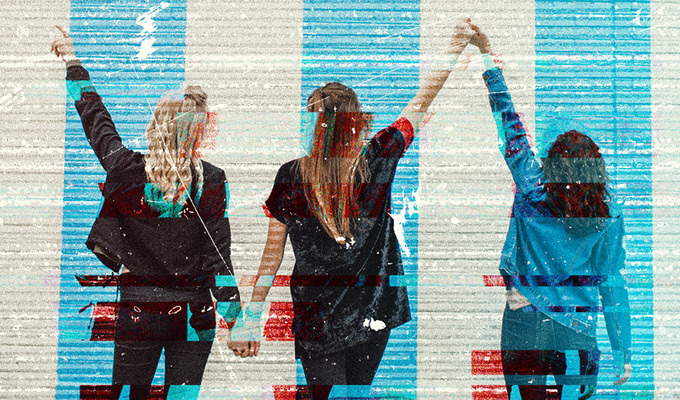
Anyone who remembers watching movies on VHS videotapes will recognize their distinctive look anywhere. Many of the traits that make older VHS videos look like they actually come from the flaws and eventual degradation of footage over time.
Interestingly, these same flaws are now being digitally recreated and actually added to photos and footage to give them a nostalgic or retro vibe. When it is done right, the results can be surprising. So how can you actually recreate it? Let’s explore some options.
First, let’s understand what VHS revealed to its identifiable flaws. This all came about because the data was stored magnetically on tape, meaning that the charge might be lost over time. External factors such as moisture, improper storage, and overuse often lead to more digital artifacts or visible damage during playback.
This meant that you had footage skipping frames, flickering, or jumping around the screen, while other things such as film grain or fuzz, glitching, banding, light-leaks, or rainbows could also creep inside. There was another sparkle with the format. The resolution was captured in VHS; Mostly, it was sitting around the 333 × 480 pixel mark, which is incredibly low by today’s standards and, of course, meant that any VHS footage was missing a lot of detail.
